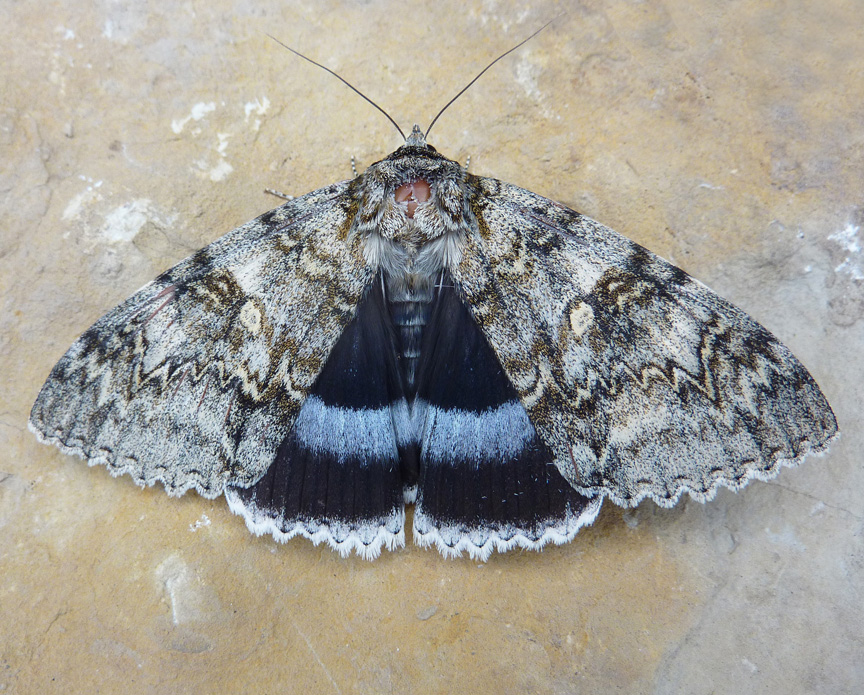Big Blue
My most enjoyable natural history events of the past five years continue:
8. Back garden Clifden
My mothing baptism of fire came courtesy of a week spent in the company of Sean Clancy’s actinic moth trap. It was June 1981 and we were both staying at Dungeness Bird Observatory. I was mesmerised by the variety of shapes, colours and sizes of the moths that were being attracted to the blue light and, on my return home, promptly ordered the two volumes of South’s Moths (this was the first place of reference back then). To our eyes today, spoilt by fantastic photography and illustration, the colour plates in South leave much to be desired. But there was one species that was still able to fly off the page and into my imagination regardless. It was big. It had a ludicrously blue underwing. And it had an exotic name.
Clifden Nonpareil.
But there was a catch in trying to find one of these desirable moths. They were rare. Very rare. Had it been thirty years earlier we might have had a chance as they had colonised woods on the Kent - Sussex border, but had since then slipped back to the mythical status bestowed upon it by those hardy Victorian collectors. To see one was akin to winning a lepidopteran lottery. But then, one September morning in 1990, Sean (by then a resident of Dungeness) did just that. I happened to be staying at the observatory at the time, and my visit to his house to view such a fine beast is one fondly remembered.
And that, until 2017, was that.
On the morning of August 24th I wandered out into the back garden to check the MV moth trap that I frequently run. There had been some interesting species trapped over the previous few nights, including a migrant Scarce Bordered Straw, so my hopes were up. In fact, one of the first moths checked was another Scarce Bordered Straw - good stuff. I worked my way through the trap, moving egg boxes as I went. I got to the bottom of the trap and was confronted by a large, pale Catocala. It stopped me in my tracks - I may even have held my breath. Even though I knew what it was, I needed to see the underwing, to convince myself that it was blue and not red. With a little nervous tremor in my hands I placed the moth into a plastic container and, ever so carefully, peered beneath the fore wings.
BLUE!!
The rest of the day was one of reliving that reveal. When I released the moth that evening it had attracted a crowd, as Peter Alfrey, Nick and Russell Gardener had made the short trip to pay their respects. 2017 was a good year for Clifdens. They were widely recorded in the southern third of England and seemed to be colonising again. My garden visit was one that was repeated elsewhere, each and every one giving observers a shot of adrenalin and a memory to look back on that would, no doubt, still pack some power in the years to come.



Comments